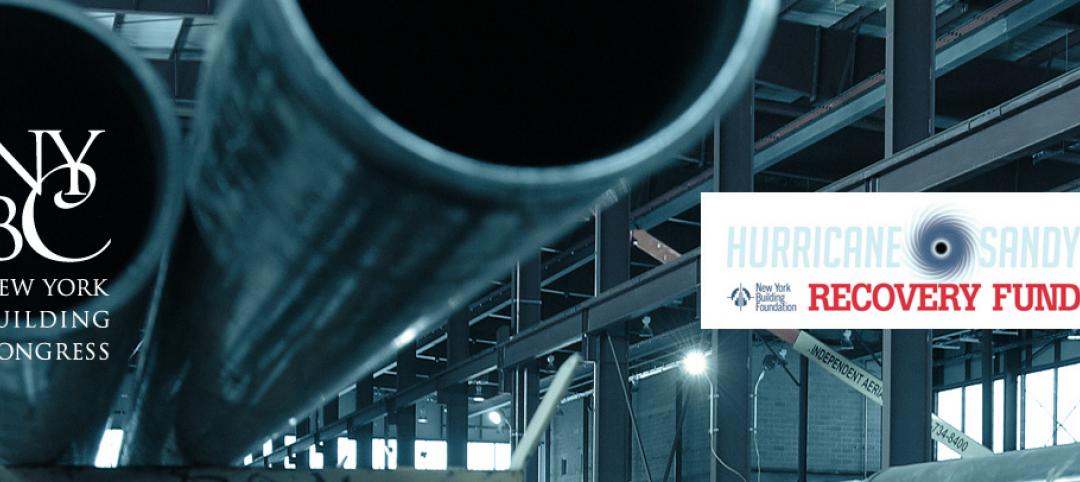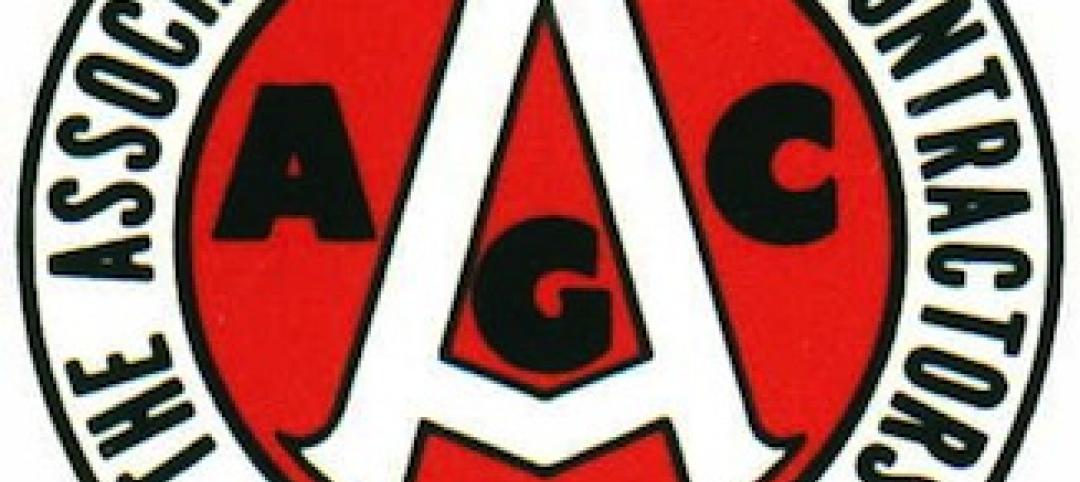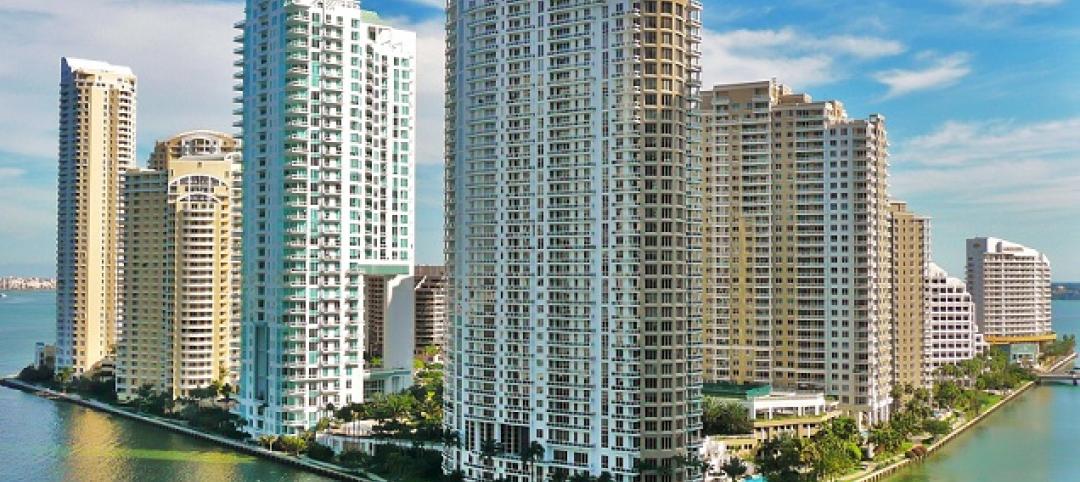Version 6.0 of the Building Efficiency System Tool (BEST), a commercial building HVAC system efficiency comparison application, is now available.
The Hydronic Industry Alliance-Commercial (HIA-C), a committee of the Radiant Professionals Alliance (RPA), recently released the update that helps compare options for HVAC systems at an early design stage when little information is known about the building. The tool can compare projected costs and energy usage for all HVAC systems and hot water consumption in any building “based on what is known before money is spent on selecting the HVAC and water heating systems, and (at a stage when) almost all inputs may be adjusted once the design process begins,” according to a news release.
The tool can model multiple heating and cooling sources including all electric systems using cascaded heat pumps and backup sources. “With the trend to all-electric solutions—including cascading heat pump systems—BEST is able to quickly and easily compare these innovative ideas,” says Greg Cunniff, P.E., director of Applied Solutions for Williams Comfort Products. “Legacy modeling software currently has a difficult time comparing these new ideas.”
The revised tool is available at no charge at: http://forms.iapmo.org/hiac/software_register.aspx
Related Stories
| Nov 29, 2012
New York contractors say they will pay tax despite a court ruling that the tax is unconstitutional
The New York Building Congress says it will voluntarily pay a tax declared unconstitutional by the courts because, it says, the money is vital to maintaining the city’s transportation infrastructure.
| Nov 29, 2012
Storms like Sandy highlight the need for stricter codes, says insurance expert
Experts on insurance, weather, and catastrophe modeling say the role of climate change in Hurricane Sandy and future storms is unclear.
| Nov 29, 2012
Quake simulation to test concrete building's strength in California
Researchers aim to gauge how buildings constructed with reinforced concrete withstand an earthquake by conducting a simulation test at a two-story building built in the 1920s in El Centro, Calif.
| Nov 29, 2012
AGC offers stormwater compliance webinar
An effective document management system is necessary to stay in compliance with new and forthcoming stormwater runoff requirements, says the Associated General Contractors of America.
| Nov 29, 2012
Government policies help accelerate adoption of green building
Green procurement policies or green building mandates can help accelerate the adoption of green building practices, according to research by Timothy Simcoe and Michael Toffel.
| Nov 26, 2012
Minnesota law to spur development, job creation produced few jobs
Legislation that allowed local governments to direct excess property tax dollars from tax-increment financing districts into other private developments was supposed to kick-start construction hiring in Minnesota.
| Nov 26, 2012
How to boost resilient systems that are sustainable
Cities of the future can be both more resilient and more sustainable by promoting strategies that include solar power and green roofs, programs that minimize demand for energy, rain gardens, and permeable pavement.
| Nov 26, 2012
Developer of nation’s first LEED platinum skyscraper focuses on carbon reduction
The Durst Organization, the developer of the first LEED platinum certified skyscraper in the country, says it will not seek LEED certification for its residential pyramid planned for New York’s West 57th Street.
| Nov 26, 2012
Questions linger over ability of Miami's newer high-rises to withstand hurricanes
Some towers in Miami, rebuilt after a hurricane in 2005, were allowed to be constructed under older building codes instead of newer ones created after Hurricane Wilma.















